Lueger in a tilted position – Klemens Wihlidal’s winning design for the Lueger Monument
Monuments are a natural part of the urban landscape in Europe. But not at all times people want to remember the same people, things or historical events in an identical way. A text by Sabine B. Vogel.
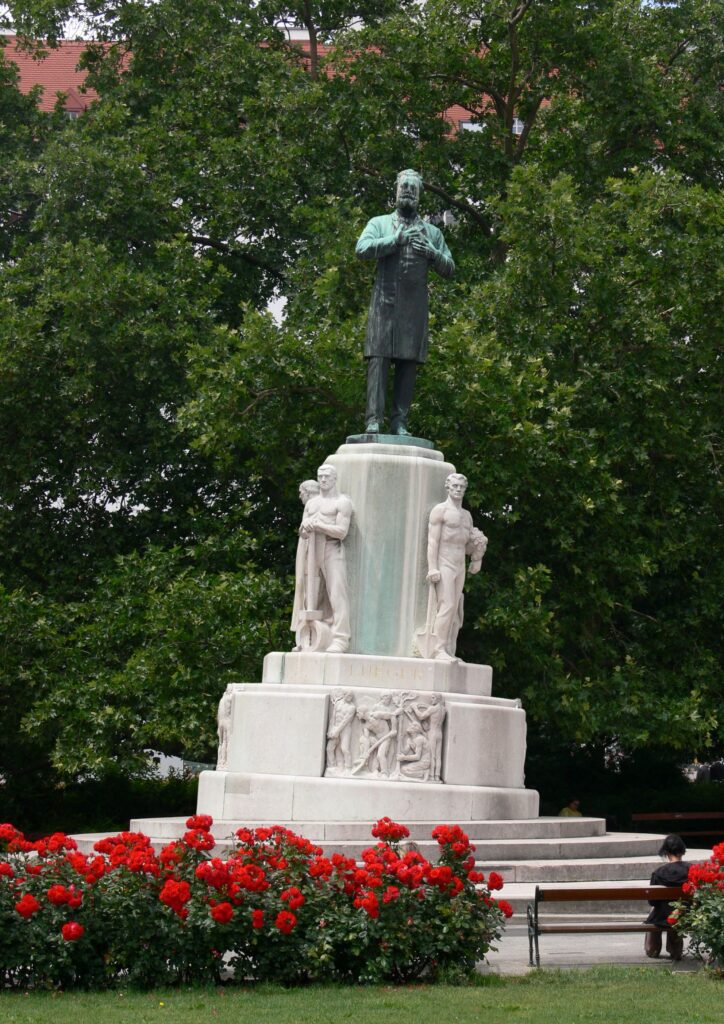
Preview: This is what Klemens Wihlidal’s “Schieflage (Karl Lueger 3,5°)” (“Tilted (Karl Lueger 3,5°)”) will look like. © Andreas Praefcke
.
Thus, for more than a decade, a continuous resistance has been stirring in Vienna against the monuments to Karl Lueger (pronounced Lu-eger). The Viennese mayor lived from 1844 to 1910 and knew how to market himself very well: More than 20 memorial plaques, traffic areas, buildings and monuments in Vienna commemorate him. However, he was a fierce anti-Semite, calling immigrants “beggar Jews” and critical journalists “ink Jews.” Posthumously, the larger-than-life statue was created by the sculptor Josef Müllner for Karl Lueger-Platz in 1913-1916; Müllner is considered an avowed National Socialist. How can a city deal with such burdened monuments? In 2009, the University of Applied Arts announced a competition for the redesign, the winner was Klemens Wihlidal. The implementation, however, failed to materialize. Instead, discussions, commissioned research, wild spraying, pouring and painting over followed.
In October 2022, Nicole Six & Paul Petritsch placed a bulky 39-meter-long wooden construction on the green space in front of the monument at the Stubentor: outlines of 16 Lueger memorial objects scattered across Vienna, from busts to plaques. They wanted to visualize how much Lueger is present in the cityscape.
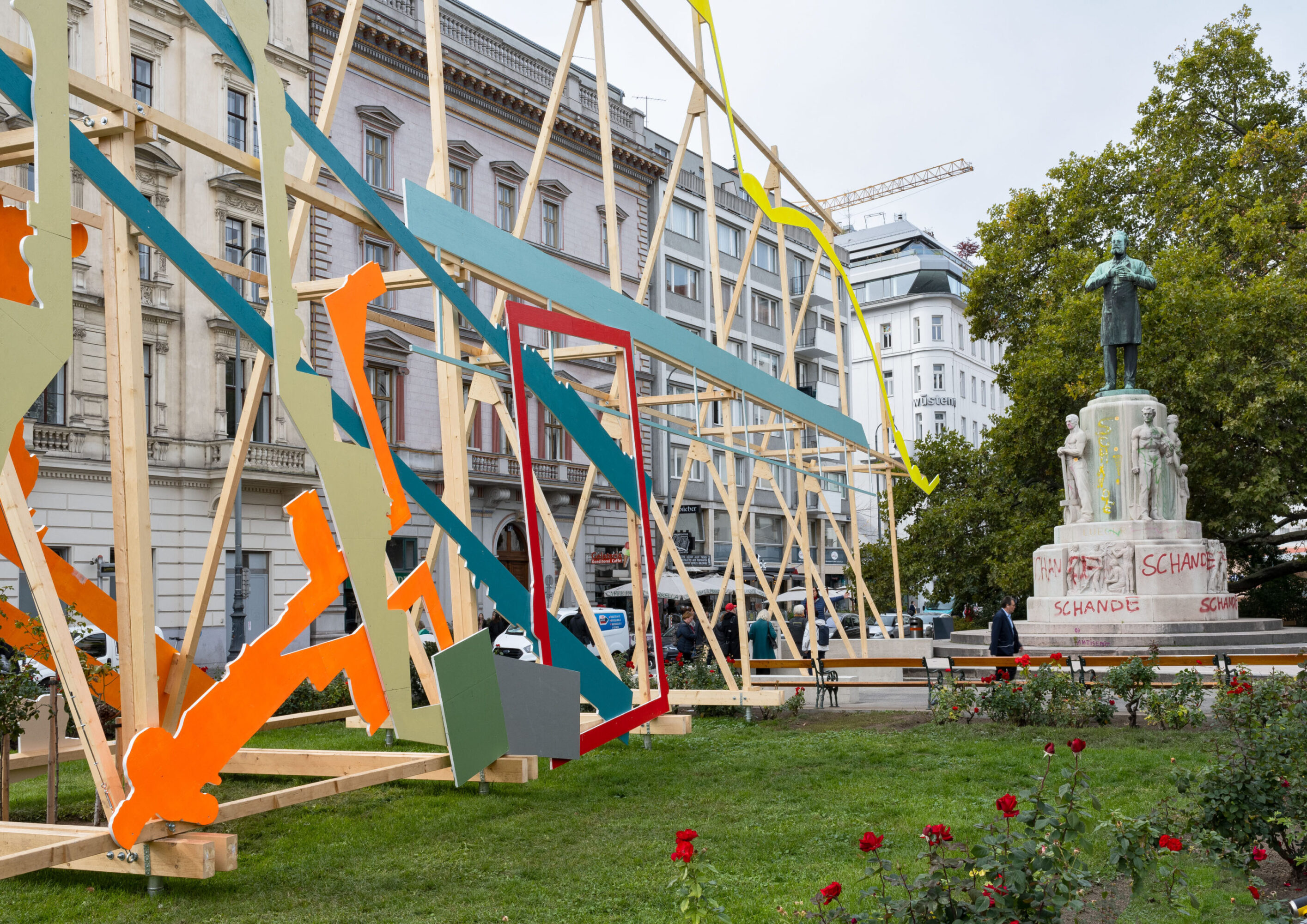
Six/Petritsch: Lueger Temporary, Installation, 2022, Doktor-Karl-Lueger-Platz, 1010 Vienna. © Iris Ranzinger/KÖR GmbH, 2022
In 2020, the city of Vienna announced a competition, and a jury of 12 scientists, politicians, curators and artists selected the winner: Klemens Wihlidal. Born in Vienna in 1982, Wihlidal studied music and architecture. He wants to tilt the monument, including its base, 3.5 degrees to one side. “His design transforms the monument into a disturbance in the public space. (…) The minimal formal irritation proves to be a strong sign in the city,” the jury explained its decision. Thus, the monumentality is now broken and a heightened awareness among the population is achieved.
“Quite clear and yet discreet,” Wihlidal sums up his idea. In this way, he says, Lueger loses its balance, which undermines an affirmative view. During the press conference on May 31 to present the winning design, City Councillor for Culture Verena Kaup-Hasler emphasized that the strength of the design was “to clearly make the break with Lueger in a symbolic sign.” Why wasn’t the design implemented as planned back in 2011? “At that time, the public was not yet ready for an intervention,” says Kaup-Hasler. Why isn’t the monument being dismantled right away? “You can’t talk about a blank space.” 500,000 euros have been budgeted for the implementation; the first thing to be done is to clean the monument, which is currently covered in blue paint, strengthen it structurally and then make it leaning.
Competition jury: Iris Andraschek, Aleida Assmann, Katharina Blaas, Herwig Turk, Markus Figl/Lucia Grabetz, Felicitas Heimann-Jelinek, Sonja Huber, Franz Kobermaier, Hanno Loewy, Herbert Posch, Eva-Maria Stadler, Thomas D. Trummer, Heimo Zobernig.
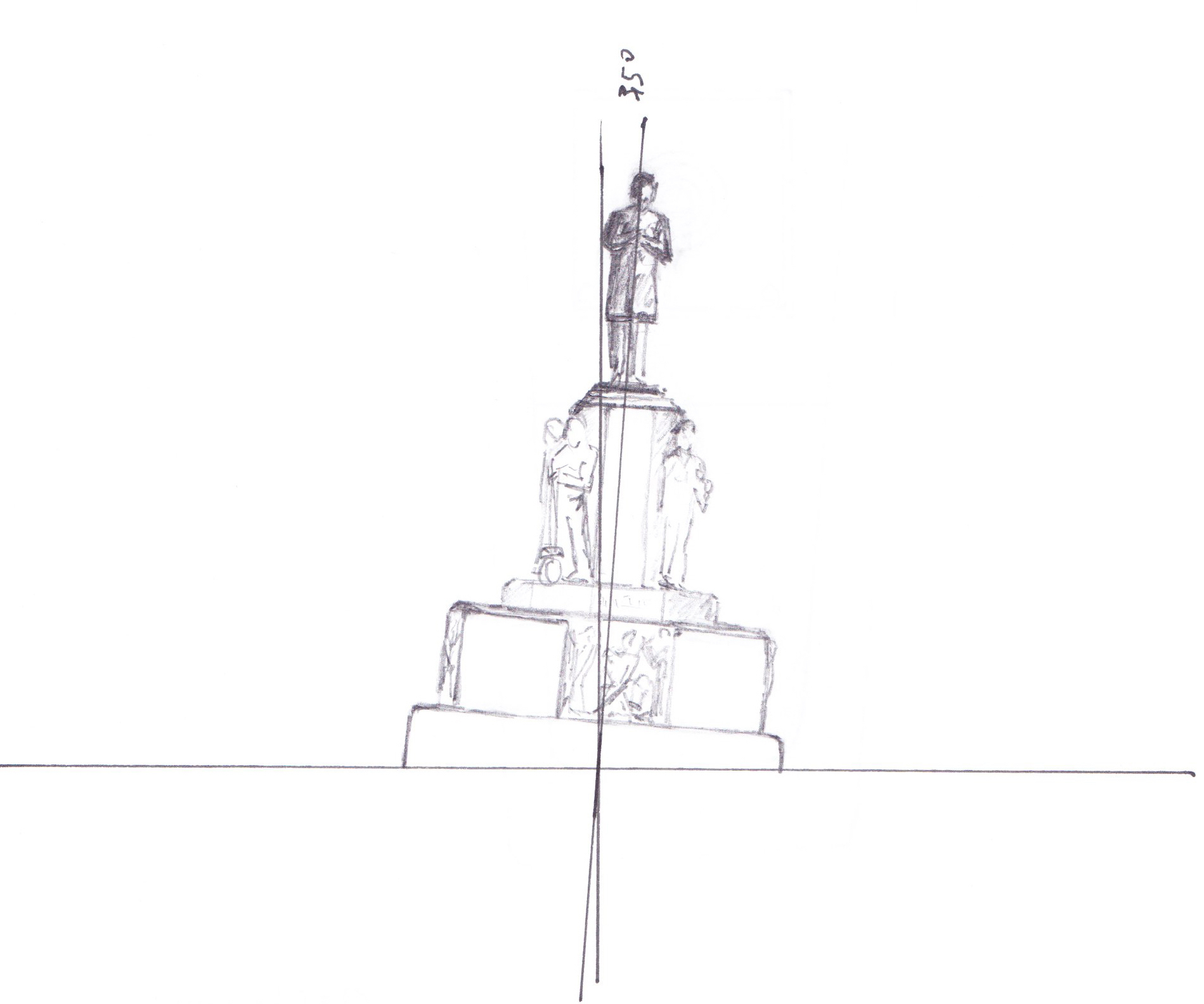
The design of the competition winner Klemens Wihlidal © Klemens Wihlidal
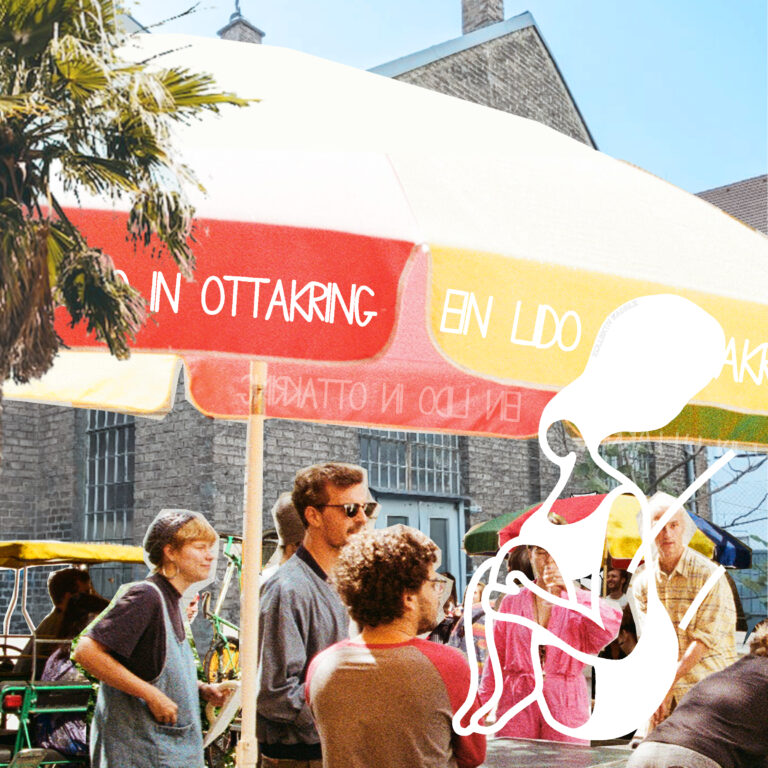
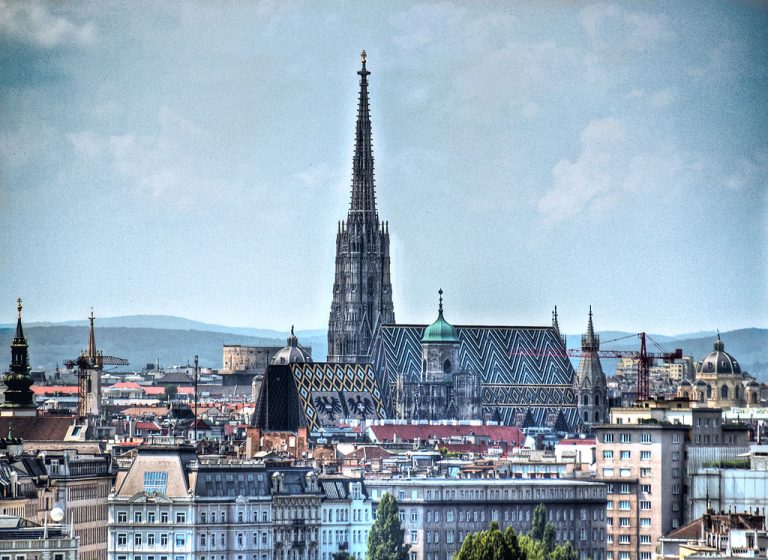
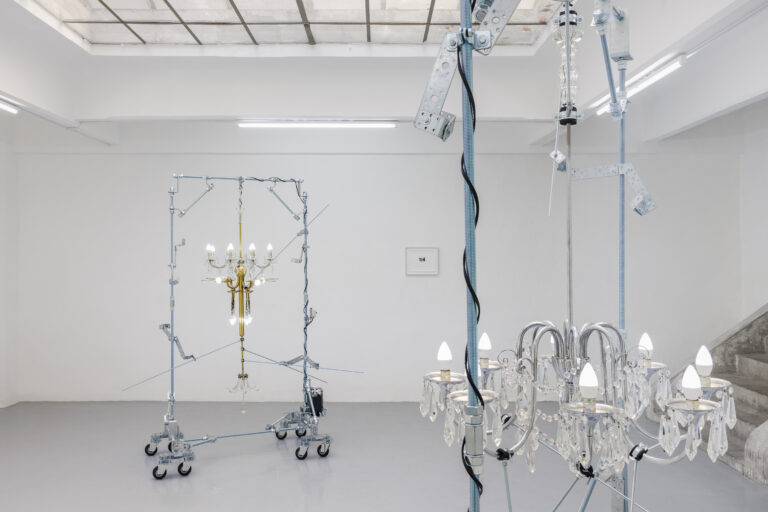
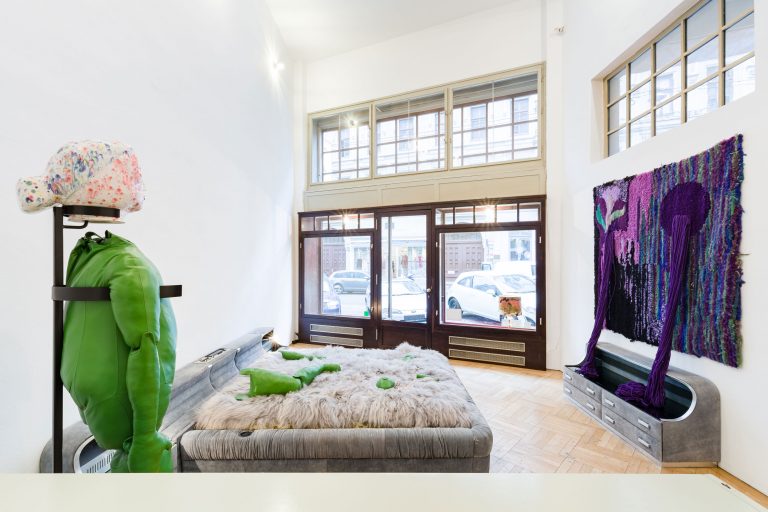
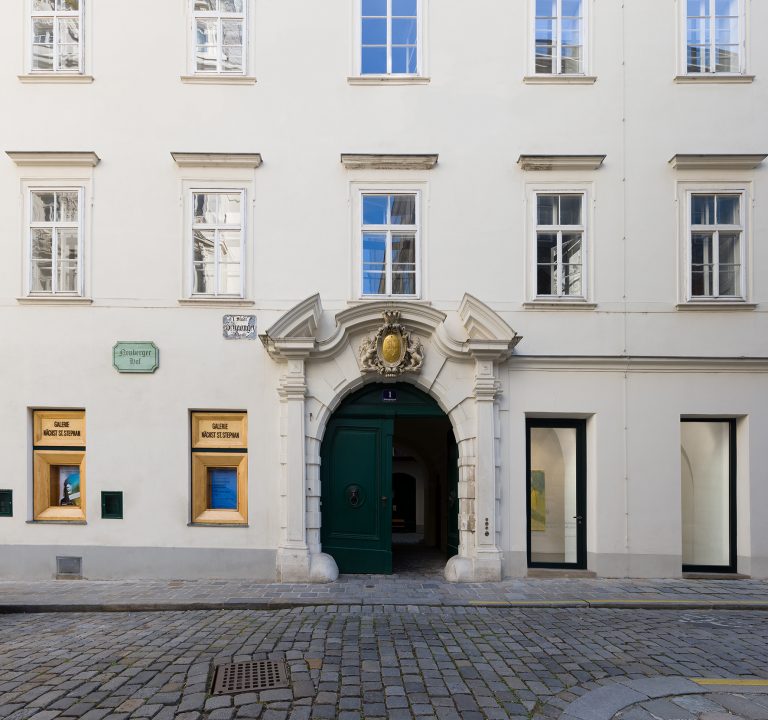
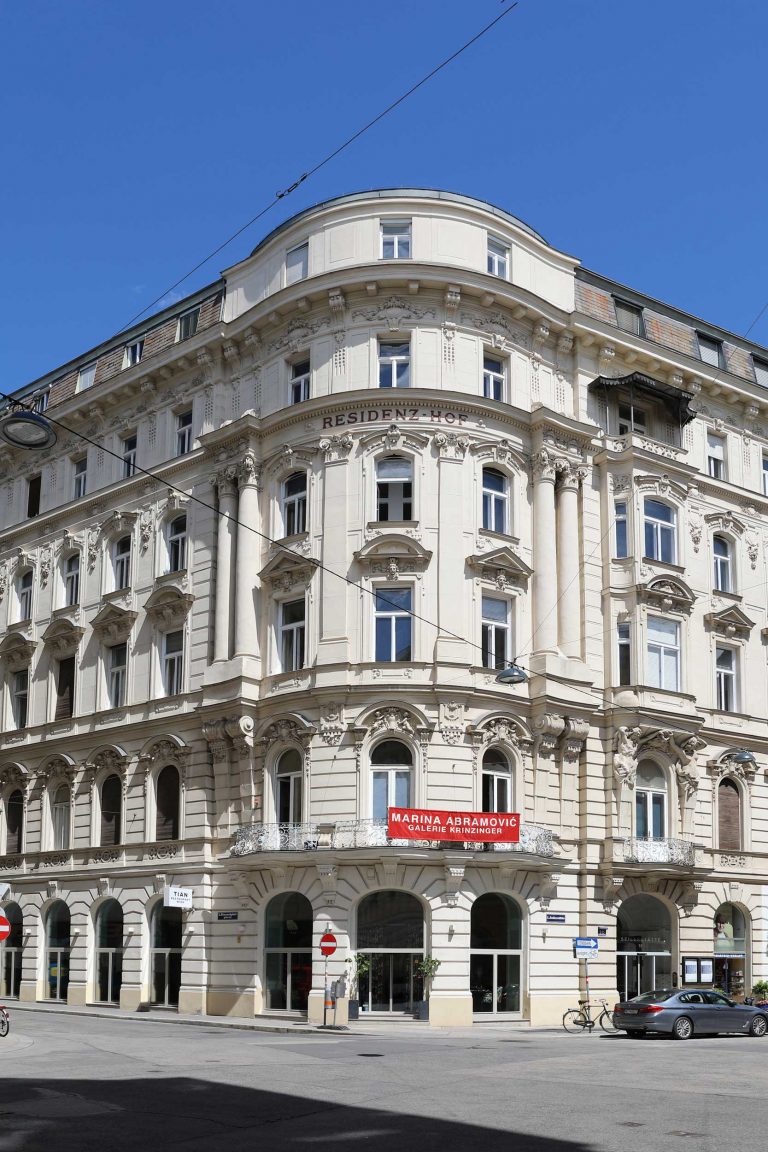
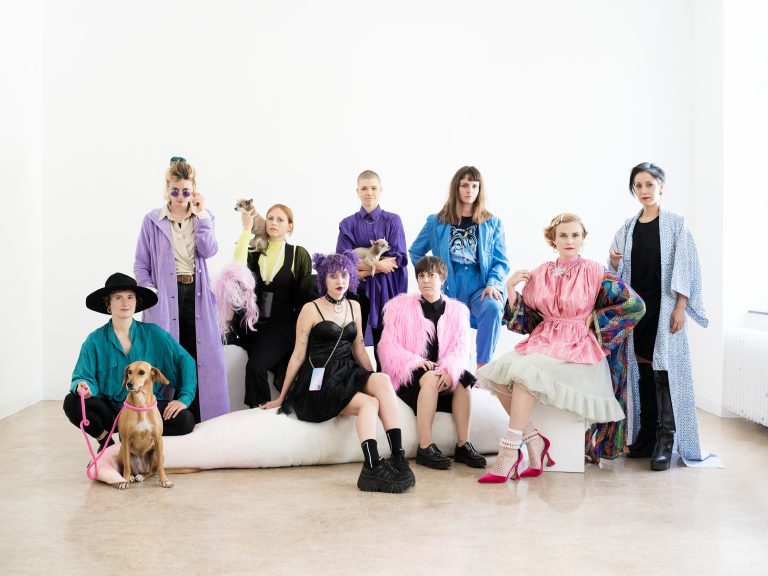
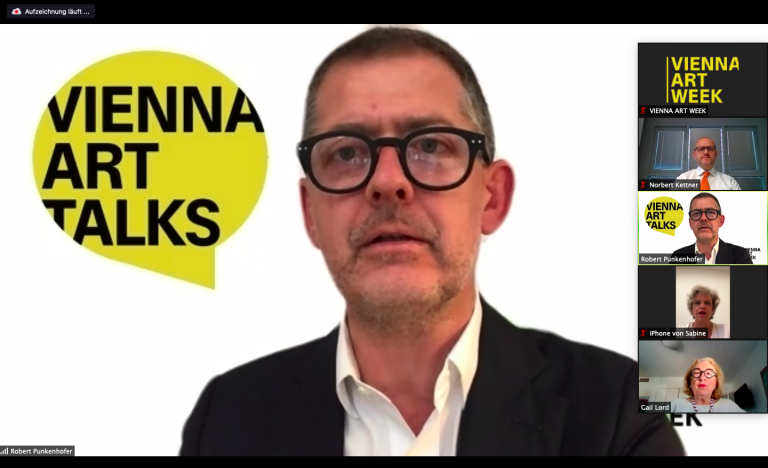

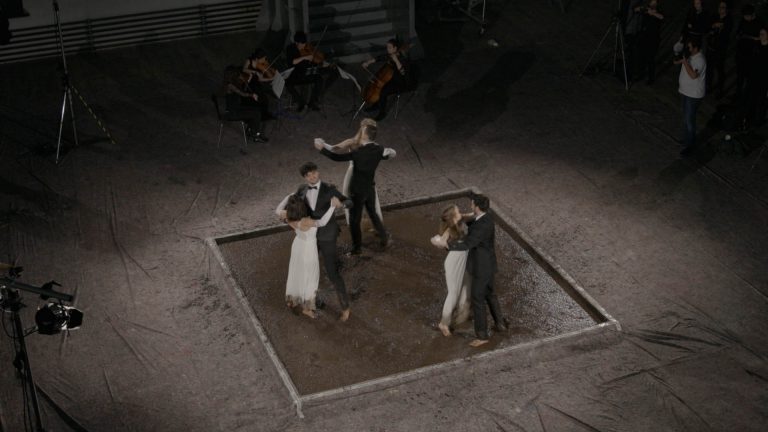
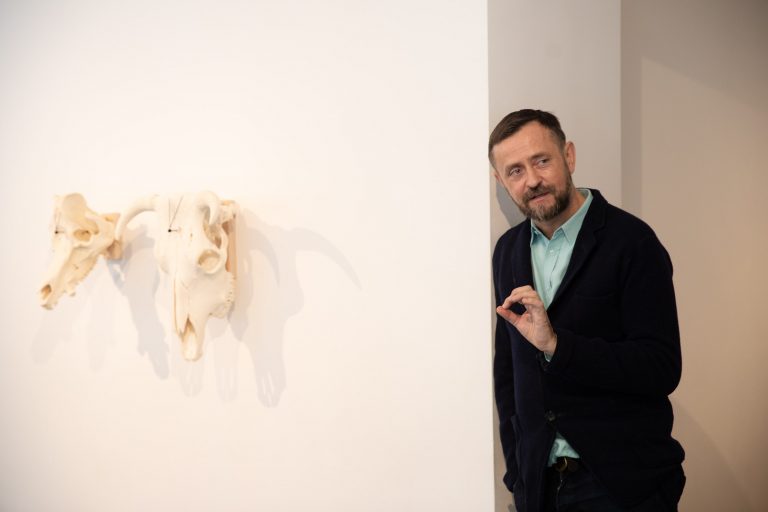
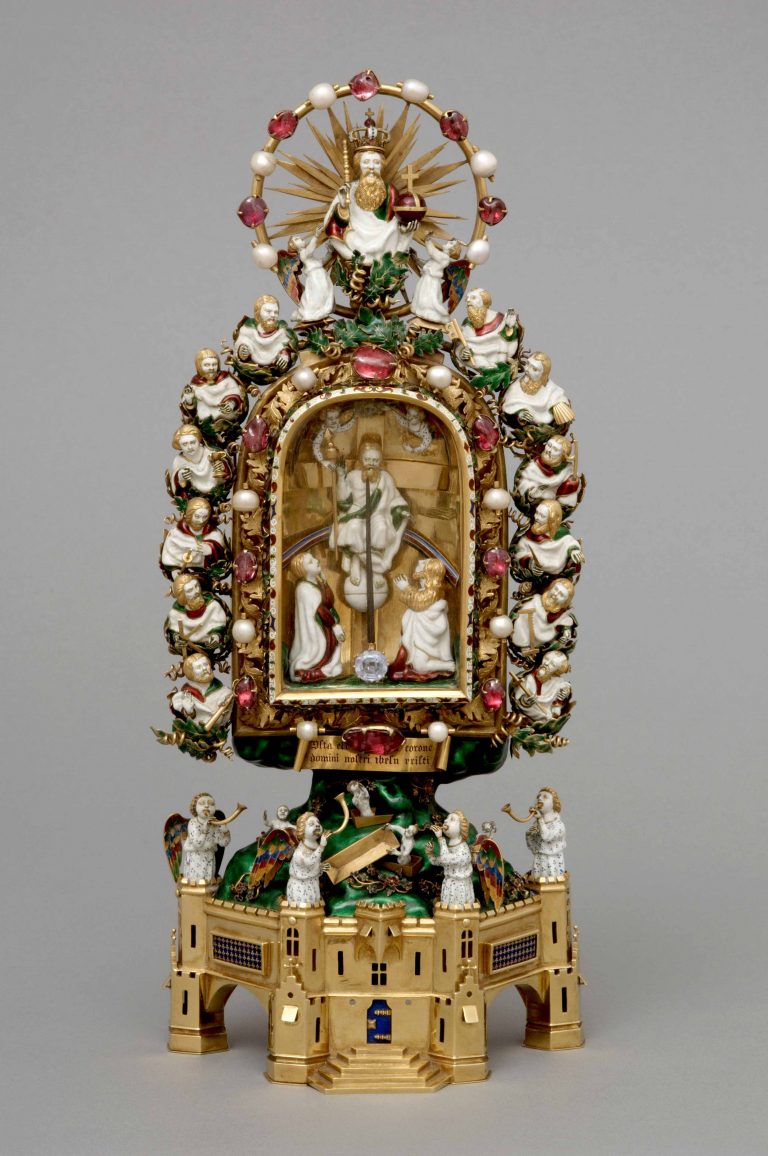
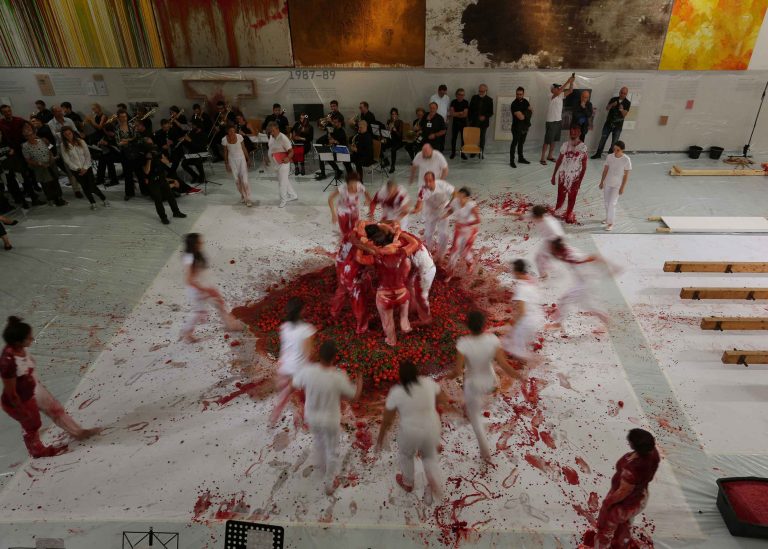
 and then
and then